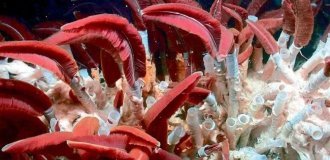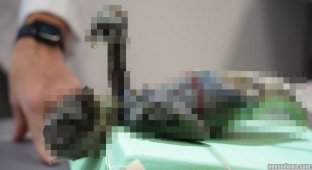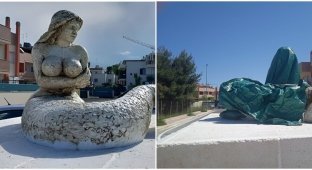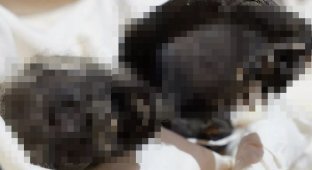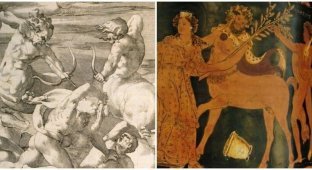Fijian mermaid and her exposure (9 photos)
The topic of mythical creatures has always excited the minds of the public. And continues to do so to this day. After all, people living in the world of high technology really want to believe in miracles. 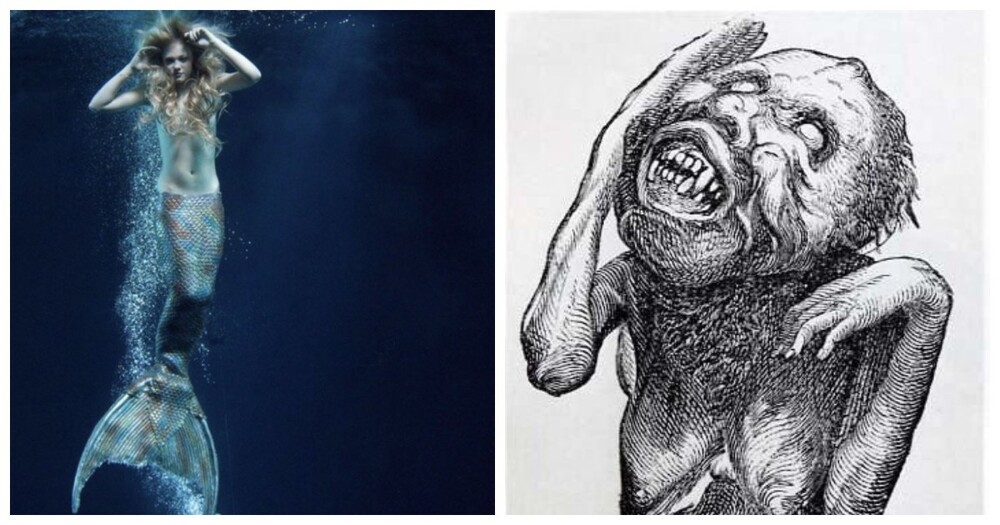
And at all times there were those who wanted to give them a miracle. A good example of this is the story of The Little Mermaid of Fiji. Which was and remains one of the most unique and long-lasting fakes. 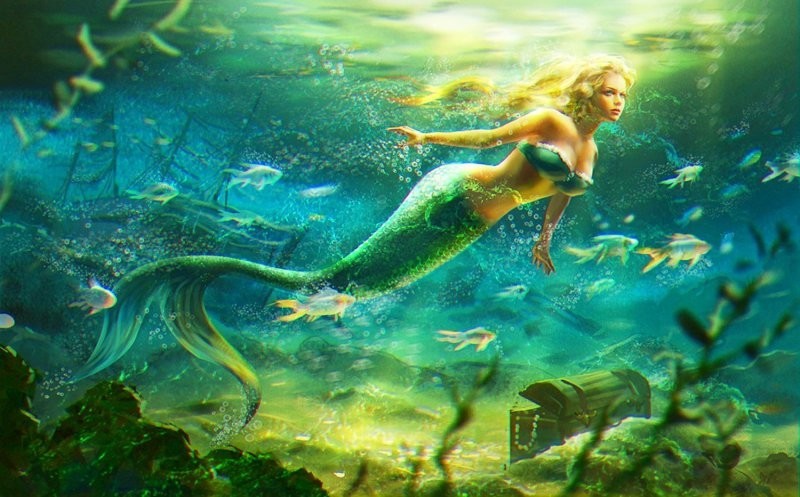
The Fijian mermaid was completely different from the image of that romantic fish maiden that is depicted in works of modern and ancient culture. The Fiji Mermaid was essentially a nasty taxidermist's creation, often described as a "salmon with saggy breasts." The face, although it was moderately human, bore the imprint of an indescribable grimace of horror.
The Fijian sea maiden is the common name of the exhibit, since after the appearance of the first “little mermaid”, others began to appear in different cities. American showman Phineas Barnum is considered the creator of the Fiji mermaid. The strange creature received its name precisely because of the spread of Barnum’s explanation that such creatures were allegedly caught off the coast of Fiji. 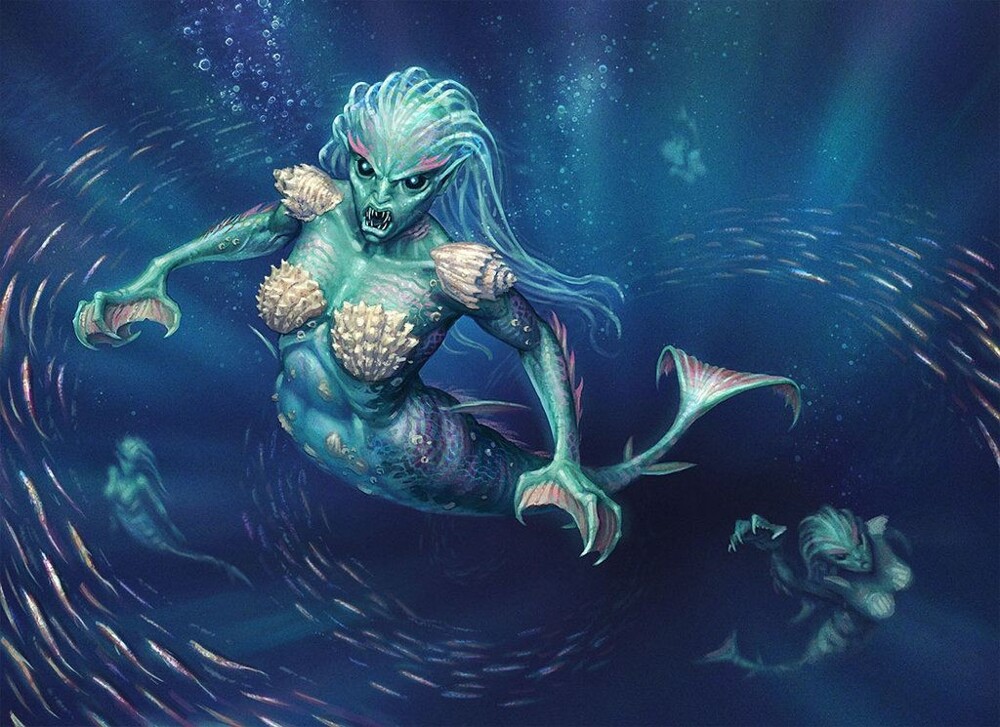
The first person to put a mermaid on public display was an American sea captain named Samuel Barrett Eads. The mermaid was first noticed by a merchant from the Dutch West India Company, who allegedly caught her off the coast of Japan. The merchant demanded such a high price for his outlandish find that Captain Eads sold his ship to raise funds for its purchase.
His idea of a mermaid exhibition was never crowned with success. The mermaid was initially confiscated by customs after he booked a ticket back to England with his purchase in tow. When she was returned, the owner placed several advertisements in local newspapers saying that his mermaid was the most important discovery in history. These advertisements attracted a lot of attention, including the attention of the man who bought his ship and financed the purchase of the mermaid. The buyer was dissatisfied with the vessel he purchased from Eads and sued to get his money back. Eads, of course, was completely broke at this time. In addition, the ad attracted the attention of scientists, who determined that the mermaid was a fake. 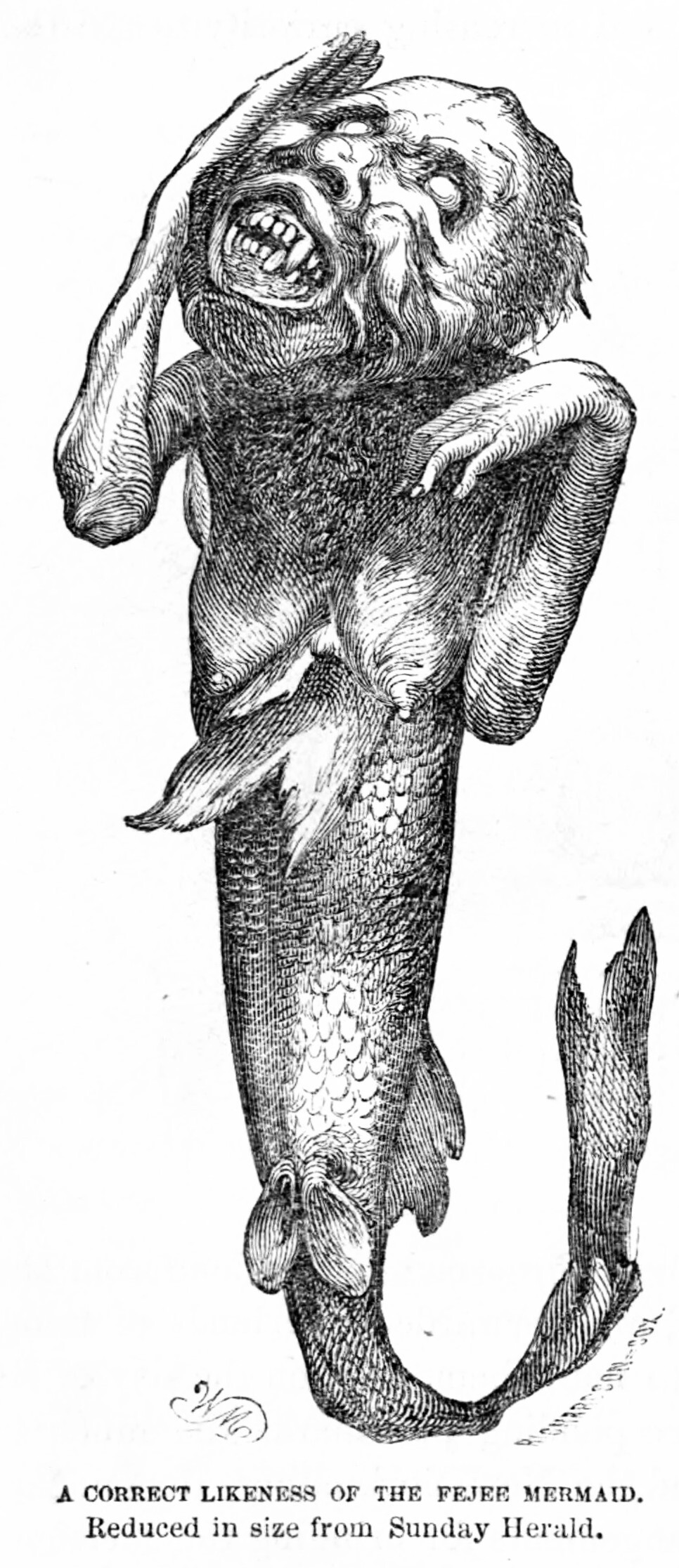
Drawing of the "original" Fijian sea maiden from the Barnum collection
It was found that the human part of the mermaid is the body of an orangutan, and the lower part belongs to a large salmon. Although the taxidermy looked rather creepy, it was in fact expertly done, and not a single seam was visible to the naked eye.
Despite this revelation, Eads continued to show the creature as real. However, the public showed little interest. The exhibition lasted from 1823 to 1825, after which it was closed, and Eads spent the rest of his life trying to pay off large debts and legal costs. 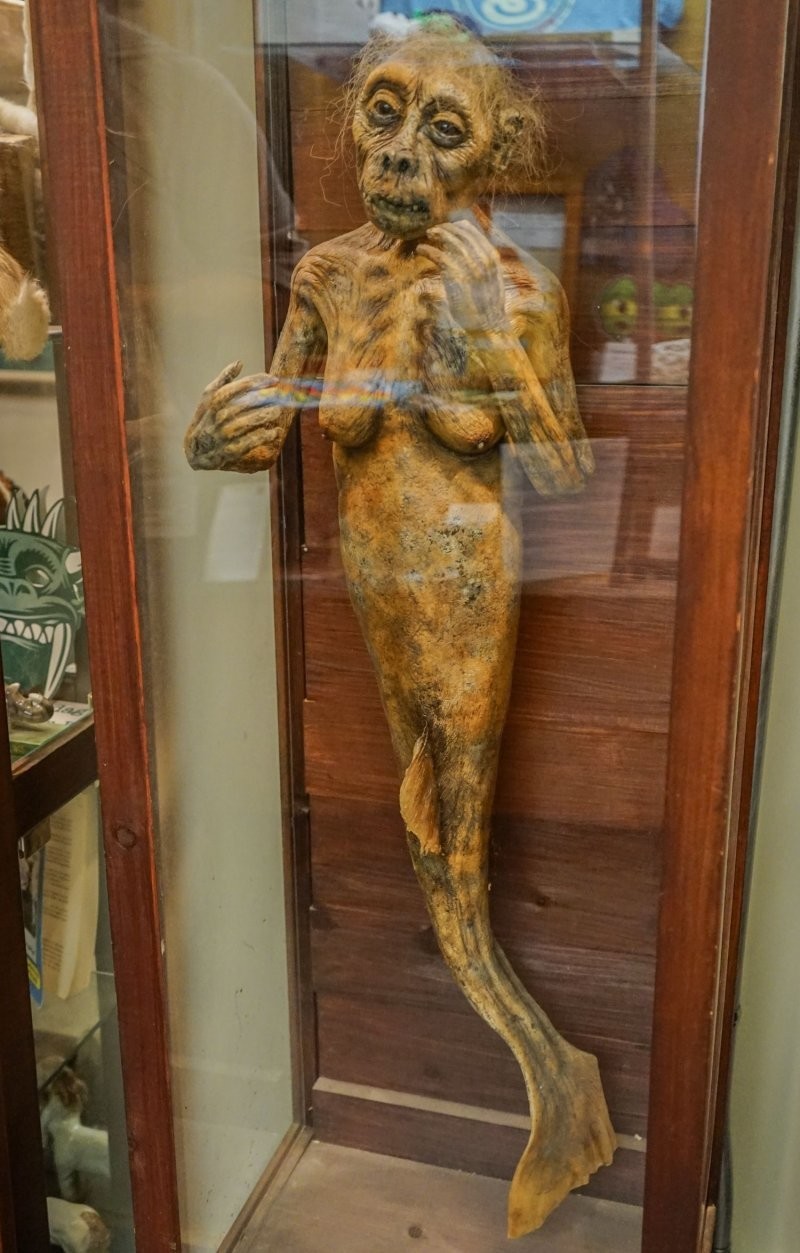
Funny little mermaid at the Cryptozoology Museum in Portland
In 1842, Moses Kimball, curator of the Boston Museum, was approached by an unknown Englishman who had inherited an unusual exhibit from his father. After seeing the copy, Kimball bought it for a very modest sum. He then contacted his good friend Barnum. Barnum rented the little mermaid from Kimball and went into advertising. 
He named the creature "Fiji Mermaid" and invented a story surrounding its capture in the Fiji Islands. In a famous publicity stunt, Barnum visited every newspaper in the area and gave each of them an engraving of a beautiful, bare-breasted mermaid. He told each newspaper that the image was exclusive and that it depicted his discovery. Each editorial office, believing that they had exclusive material, published the picture and the article on the same day. Thus, all of New York was abuzz with news of a discovery so incredible that every newspaper in the city found it necessary to mention it. 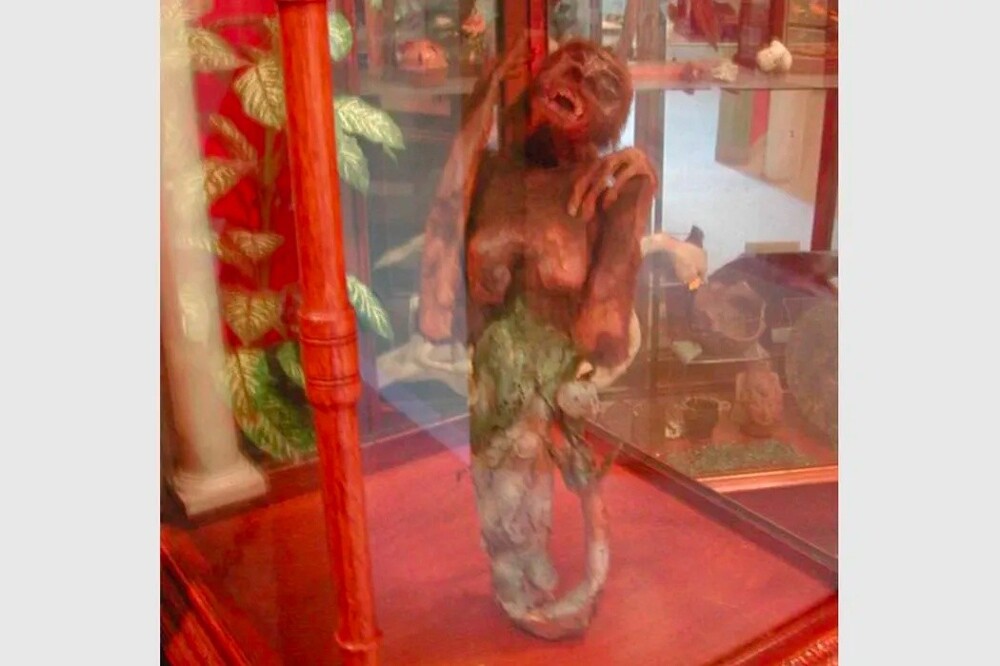
Barnum's American Museum, 2005
When the exhibition opened to a huge crowd of people, the mermaid was accompanied by the scientist Dr. J. Griffin. In fact, Dr. Griffin was a man ofI was named Levi Lyman and worked for Barnum.
Despite its enormous initial success, the novelty of the exhibition quickly wore off, and New Yorkers lost interest in it. Barnum eventually moved on to other science fiction exhibits. Over the next 20 years, the mermaid rode between the Barnum Museum in New York and the Kimball Museum in Boston. She had one unsuccessful tour of the south and one tour of London, which was also unsuccessful. 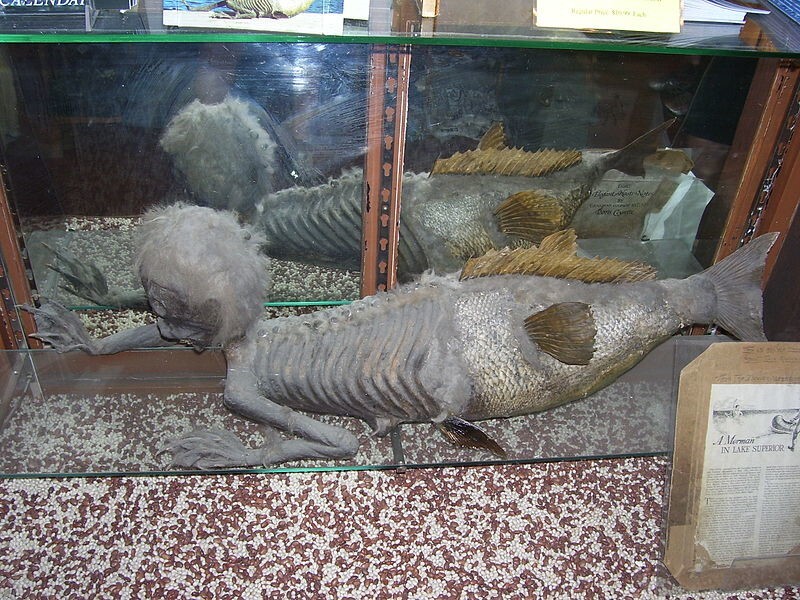
"Sea Maiden" from Banff (Canada)
Today, the original Fiji Mermaid is lost. No one knows for sure about her whereabouts. She was last documented at the Kimball Museum in 1859. According to the generally accepted version, the mermaid was destroyed when the Barnum Museum burned down in 1865 or when the Kimball Museum burned down in 1880. Several museums and private collectors lay claim to owning the original mermaid. 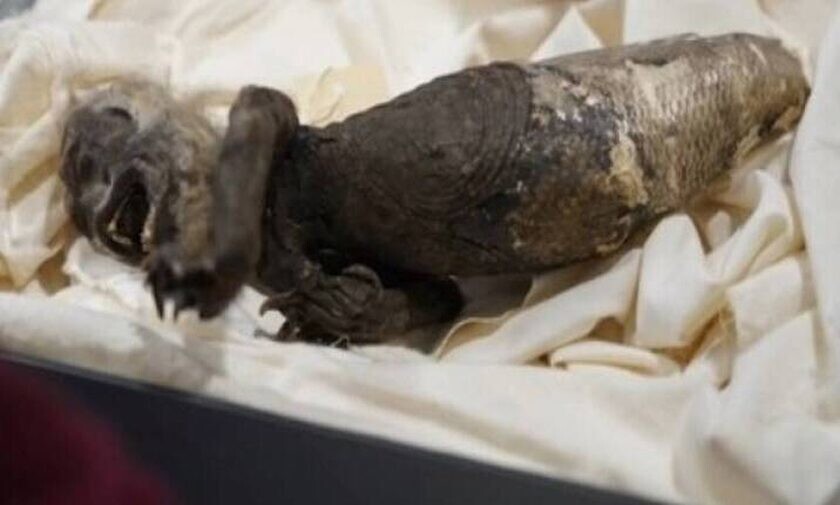
Another one of the modern "mermaids"
The term “Fijian mermaid” is now actually applicable to any similar craft, which with enviable regularity is “found” and made public by businessmen greedy for a quick profit. Some believe. Why not, exactly? After all, even the most inveterate skeptic admits the existence of miracles in the soul.


